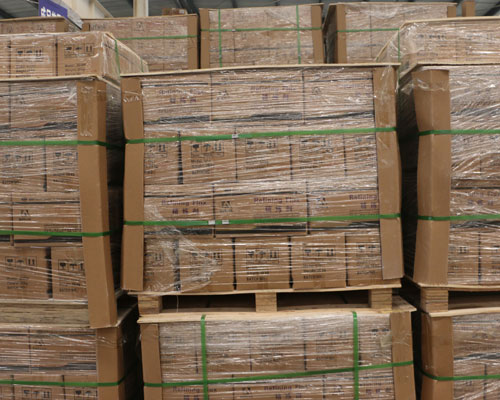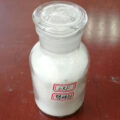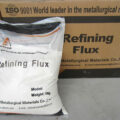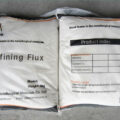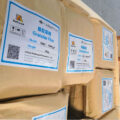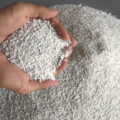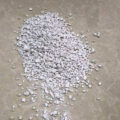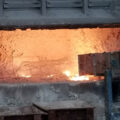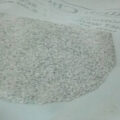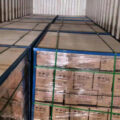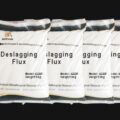Aluminum alloy refining agents usually consist of chlorides and fluorides of alkali metals and alkaline earth metals. Its main components are KCl, NaCl and NaF. CaF 3, Na 3 AlF 6, Na 2 SiF 6, etc., but the content of the components varies greatly and the effects are also different. In addition to using flux produced by refining flux, it is better to adjust the composition ratio according to the composition of the molten aluminum alloy. At the same time, strictly control the refining process conditions, such as the amount of flux, contact time, contact area, stirring conditions, aluminum flux and melt temperature. The use of refining agents can effectively reduce the aluminum in the slag and reduce the loss of castings.
In the smelting process of aluminum and aluminum alloys, in addition to its own inclusions, aluminum can easily form alumina or sub-alumina with oxygen, thereby forming a layer of scum on the surface of molten aluminum and forming a certain degree of lubrication with aluminum. Wetness. Aluminum slag contains a large amount of melt, which requires aluminum alloy refining agent to change the wettability of the two, increase the surface tension at the interface between slag and aluminum, and separate the slag and aluminum.
AdTech specializes in the development, production and sales of refining agents, which are used for degassing and slagging of molten metal in the aluminum casting process. The refining agent uses unique technology to enhance the degassing and slag removal effects of traditional molten metals. In the process of casting aluminum alloy raw materials, it purifies the degassing and slag removal of molten metal.
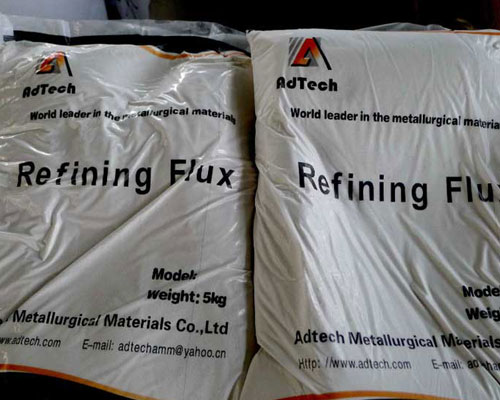
Advantages of aluminum alloy refining agents
- Low oxygen content, good fluidity
- Effectively remove air and slag, reduce smoke
- Maintain a good working environment
- Reduce the labor intensity of workers
Put the refined preparation into the dust collector, and then spray it into the molten aluminum through the gas outlet pipe. The gas pipe is as close as possible to the bottom of the molten pool and pulled out from the gas pipe so that the refining agent and the molten aluminum are in complete contact for refining. During the refining operation, the operator can freely control. Through the flow rate of the refining agent and the number of revolutions of the conveyor, the degree of tumbling of molten aluminum is controlled and secondary pollution is minimized.

